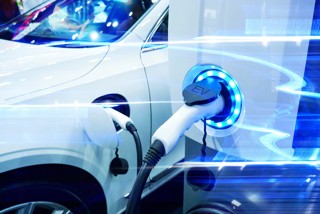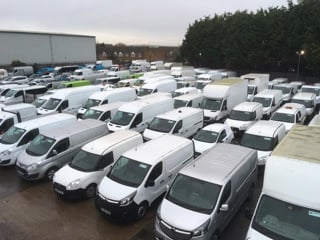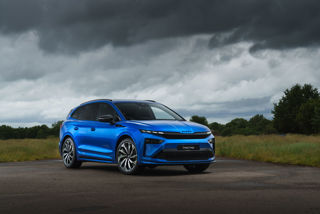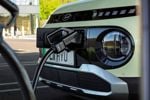Gnewt will trial the use of Vehicle-to-Grid (V2G) technology to help power its 70-strong fleet.
The trial, part of E-Flex, the broader V2G demonstrator project led by Cisco, will explore the commercial opportunity presented by the technology through smarter electricity use and the ability for electric vehicles (EVs) to release energy back into the grid when they are not in use.
Gnewt is a pioneer in electric delivery and this year it celebrates its 10th year providing urban delivery and continued innovation.
Having continually expanded its electric fleet, Gnewt is addressing the way that it charges its vehicles to be even more environmentally friendly and efficient.
Currently, Gnewt has two main depots in East London, with a total of 60 EV interconnected smart chargers.
As its fleet of EVs continues to expand, Gnewt is looking for a scalable solution that enables it to deal with high demand for electricity at peak times.
Using V2G, Gnewt says it can manage the provision of electricity across its fleet more proactively, charging vehicles at times of low-demand in preparation for busier ones.
Sam Clarke, founder and head of business development at Gnewt, said: “Over 10 years, Gnewt has delivered 10 million parcels across London and minimising the environmental impact of our fleet is one of our core values and fundamental to our strategy. Using EVs, we’ve reduced Co2 emissions by 67%.
“While EVs are critical for a cleaner future, the intense use of the national grid is something we’re looking to reduce our role in. Through E-Flex, we’re able to sustainably carry on with our day-to-day operations, with charging our fleet becoming a less energy dependent exchange especially at peak times.”
E-Flex will install bidirectional chargers at Gnewt’s main depot in East London. With V2G infrastructure in place, electricity can be bought and taken from the grid at off-peak times when it is less expensive.
It can also be sold and released back to the grid when energy is in high demand and consumption is more expensive.
“Reducing carbon emissions has never been more of a priority for businesses than it is right now,” said Maria Hernandez, head of innovation at Cisco UK and Ireland.
“From a commercial standpoint, V2G technology can transform the way urban logistics are powered and is a win-win for fleets and distributors.
“Reaching carbon neutrality is vital for many organisations, but additionally, E-Flex hopes to prove to businesses the commercial viability of a V2G infrastructure, helping to get the most out of fleets across the country.”
E-Flex plans to connect 200 electric vehicles in a real-world V2G testing environment.






















Login to comment
Comments
No comments have been made yet.